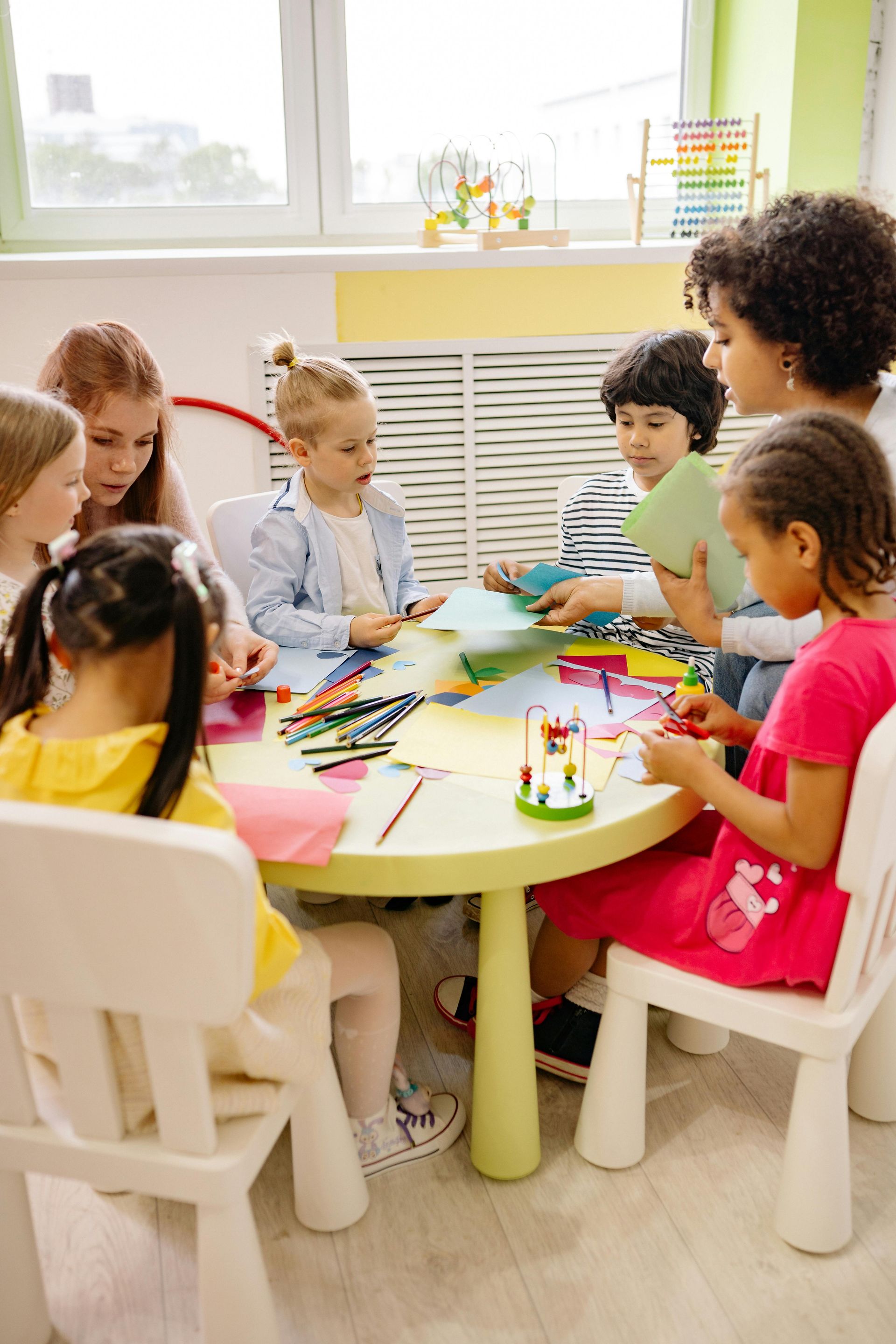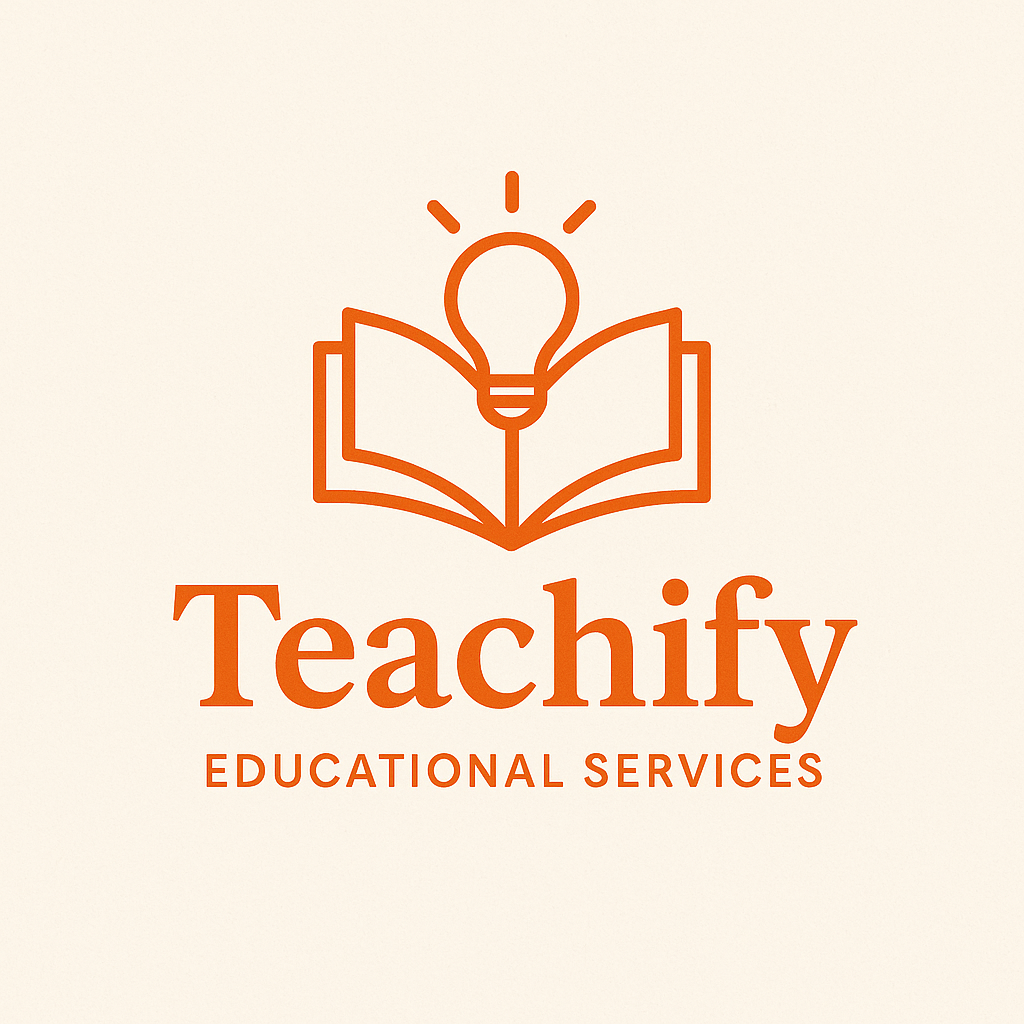Classroom Management
July 20, 2025
Best Practices for Effective Classroom Management

Effective classroom management is essential for creating a positive learning environment where students can thrive. Here are a few best practices for successful classroom management:
1. Establish Clear Expectations
- Set simple, consistent expectations from day one.
- Involve students in the process when appropriate to increase ownership.
- Post expectations visibly in the classroom.
- Revisit and reinforce expectations regularly.
2. Build Positive Relationships
- Learn students’ names quickly and show genuine interest in them.
- Create a classroom culture of respect, empathy, and trust.
- Use positive reinforcement not punishment.
3. Be Consistent and Fair
- Apply expectations and consequences consistently for all students.
- Ensure that consequences are fair, age-appropriate, and related to the behavior.
- Avoid showing favoritism or reacting emotionally.
4. Plan and Prepare Thoroughly
- Design engaging, well-structured lessons that minimize downtime.
- Use a variety of teaching methods to meet diverse learning styles.
- Have materials and technology ready before class begins. Preparation is essential!
5. Use Positive Reinforcement
- Recognize and praise good behavior and effort.
- Use tangible rewards sparingly—focus on intrinsic motivation.
- Celebrate milestones and progress, not just final outcomes.
6. Implement Routines and Procedures
- Teach routines for daily tasks (e.g., entering the classroom, turning in work).
- Practice procedures until they become automatic. This usually takes about three weeks to establish.
- Use engaging and creative transitions.
7. Stay Calm and Professional
- Maintain composure, especially during disruptions.
- Model the behavior you want students to emulate.
- Avoid escalating conflicts—use de-escalation strategies when needed.
8. Engage Students Actively
- Use questioning, discussions, and group work to maintain involvement.
- Offer choices to give students a greater sense of responsibility for their learning.
- Keep instruction interactive and relevant to their lives.
9. Monitor and Adapt
- Move around the classroom to monitor behavior and engagement.
- Use formative assessments and observations to adjust instruction.
- Be flexible—what works for one group or student may not work for another.
10. Reflect and Improve
- Regularly reflect on what’s working and what’s not.
- Seek feedback from students and colleagues.
- Continue professional development in classroom management techniques.
These best practices can be applied in early childhood classrooms such as Preschool through high school. Don't be afraid to try new approaches. Give it some time to see if it works. Its okay if you have to reset. Effective classroom management will help set a positive learning environment. Create a safe space for an awesome school year of teaching and learning!
